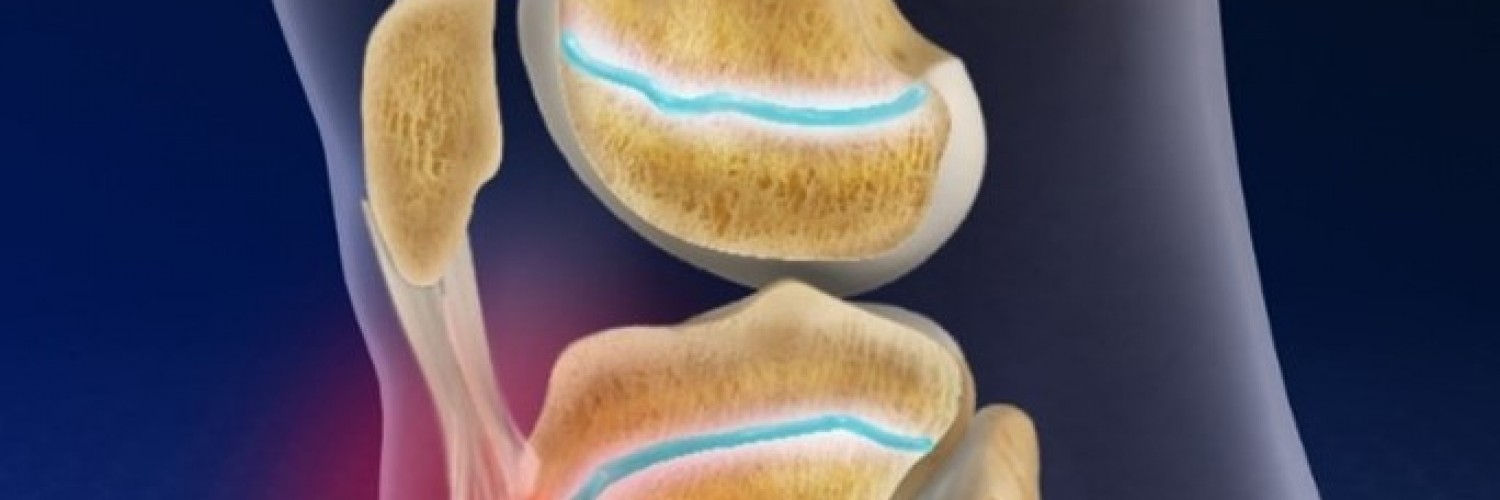Osgood-Schlatter disease is a condition resulting as a result of repetitive strain on the growth plate of the tibial tuberosity, where the tendon from the knee cap inserts onto your shin bone. It is an overuse injury common in young people under 16 years old who participate in sports that have a high demand for jumping and landing such as basketball, volleyball, gymnastics, and football. It is also common in young people who have recently had growth spurts, where muscles may be tight and short and therefore pulling forces on the soft growth plates are stronger.
Repeated traction on the Patellar tendon causes inflammation at its insertional attachment onto the shin bone. This results in pain with activity, and can limit performance with many sports.
Pain presents in the front of your knee, and is tender to touch. It usually comes on without any trauma and will often be sore during and after sport. In some cases, the boney top of your shin becomes more pronounced. There may be swelling present, and activities such as stairs, jumping, kicking a ball, and kneeling may aggravate pain and symptoms.
Management of Osgood-Schlatter’s consists of deloading/activity modification, taping, ice for pain relief, and manual therapy techniques for soft tissue release.
Your physiotherapist will assist in recommending strategies to modify activities and load to facilitate recovery and manage symptoms. You will need to take a step-by-step process to return to sport and activities safely while re-loading the knee, but prognosis is usually good with most cases making a full return to normal sport and activities.
